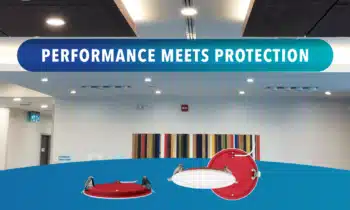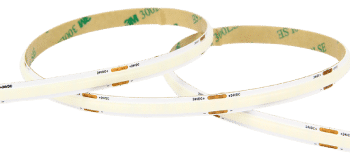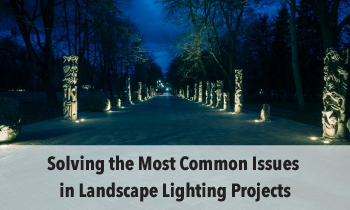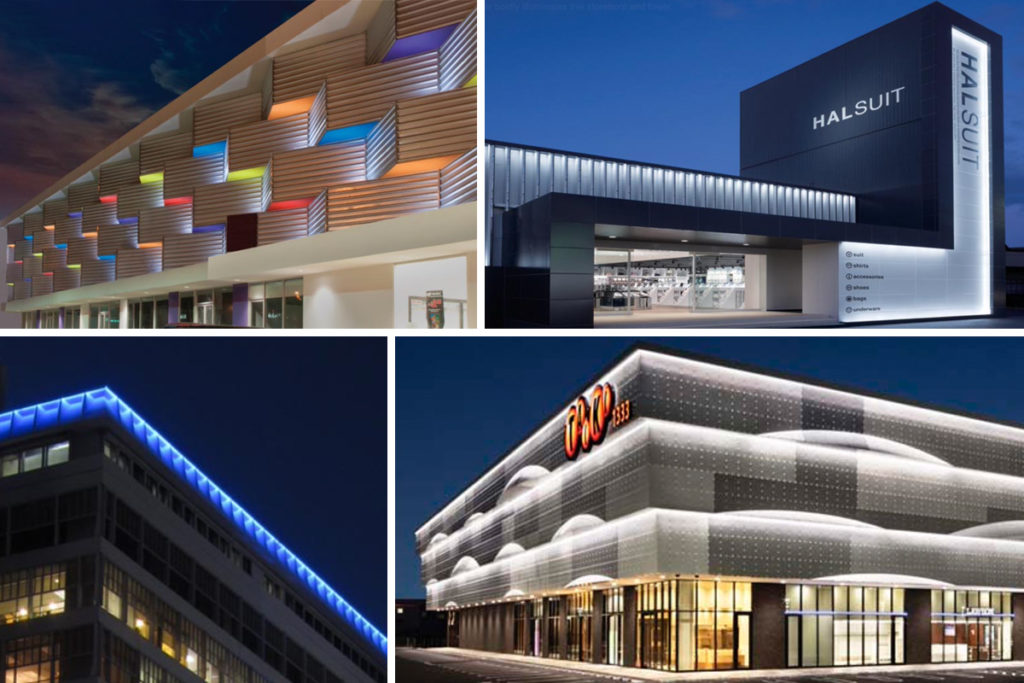
For an architect, a building is a work of art. But while that art looks great during the day, how do you enhance it to make it look great at night, so it’s not just a dark canvas?
Ellen Godson LC, IES, a lighting design consultant with Lightspec Canada and member of The Illuminating Engineering Society, sees more and more building owners wanting to achieve just that.
“Even with bridges, we see examples. The Jacques Cartier Bridge, in Montreal where light is not only used to highlight the columns and the structure, but also used to produce a nightly light show. It looks like fireworks and makes the water look like it’s dancing to music. All this is integrated into the lighting control.”
“Whether it’s a modern architectural design or historic iconic structure, these buildings are part of the culture of its city or town. Lighting allows us to enhance these cultural elements. By using lighting techniques such as highlighting, grazing and/or washing, we’re ensuring that the building continues to be an art piece, even at night.”
How are lighting designers like Godson creating this sense of architainment to inspire a sense of community and culture?
“Creating a light show and putting it to colour is becoming more of a wow factor on the exterior of buildings,” says Godson. “Highlighting of a structure through coloured lighting is a big focus.” If you are able to bring the community together to watch this show or bring in tourism to see this show, it now becomes a centre hub for the community, with the ability to inspire others.
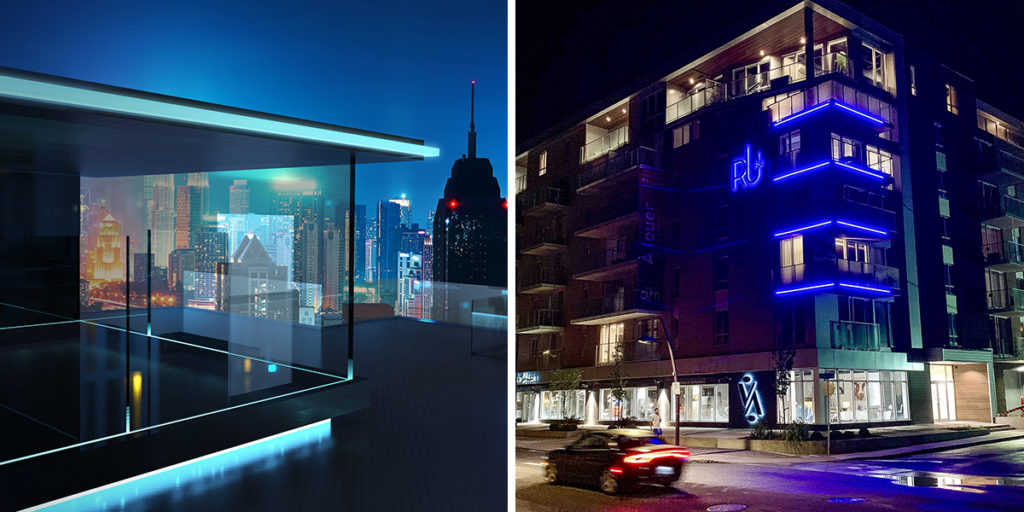
Linear lighting, like Tokistar Reveler and Neon Flex from Magic Lite, is an ideal solution to achieve this effect. “Linear lighting is really taking hold in outdoor lighting applications,” says Godson. “We’re seeing it in soffits, grazing the walls, accenting niches, highlighting specific areas and/or delineating the geometry of the building against the skyline. It’s able to become part of the structure, and it creates that wow factor.”
Godson says that one of the biggest misconceptions about outdoor lighting is that throwing more light on the subject is better. “We don’t need that huge glow around everything. We just want to create the magic. Suppose you wish to focus on an architectural feature of a building. You won’t notice it, if everything’s illuminated at the same level. If you want to focus on something, you have to highlight it. You need contrast”
“As with any work of art, you’re playing with shadow and light contrasting each other to create the drama,” says Godson. “That’s how you create an art piece. If I have black writing on a blackboard, you’re not going to see it. But if I have white chalk on a blackboard, I have created contrast and you’ll see it.”
Human beings are attracted to light and naturally look towards it. She recommends at least a three-to-one ratio between the highlighted component and the background in outdoor lighting scenarios. “If I have 10 lux on the background, I need 30 lux on my focal point,” she explains. The Disk or Mini Disk series from Magic Lite can be ideal solutions for achieving this ratio.
When creating artful architectural lighting, controls are another part of the consideration. You need to be able to create these effects using the luminaires by controlling the sources. Environmental issues are also playing a large part in our lighting design. Bylaws in many regions require dark sky approval luminaires. These luminaires are designed to minimize glare and reduce skyglow and light trespass. By preventing skyglow, the luminaire does not allow light spillage above 90 degrees going up into the sky. Curfews are also a consideration for many areas and their bylaws. There may be a difference on your illumination levels up to 11:00pm and then after 11:00pm. “You’ve got to have the controls in place to dim your lights down or turn them off,” says Godson.
“Of course, this depends on the traffic coming to the building. Is it 24/7, like a hospital or casino? Then, of course, you can’t turn off all the exterior lighting. But if you’re in a park area, well, no one really needs to be walking around a park at 3:00 am, so the lights should be off or only triggered to turn on when someone enters the area.”
“The key is that we can’t just light the exterior of buildings and structures, turn them on, and never think about it again.”
To learn more about how Magic Lite’s lighting solutions can help illuminate your next project, please feel free to contact your local Sales Agent or a member of our Customer Care team.
